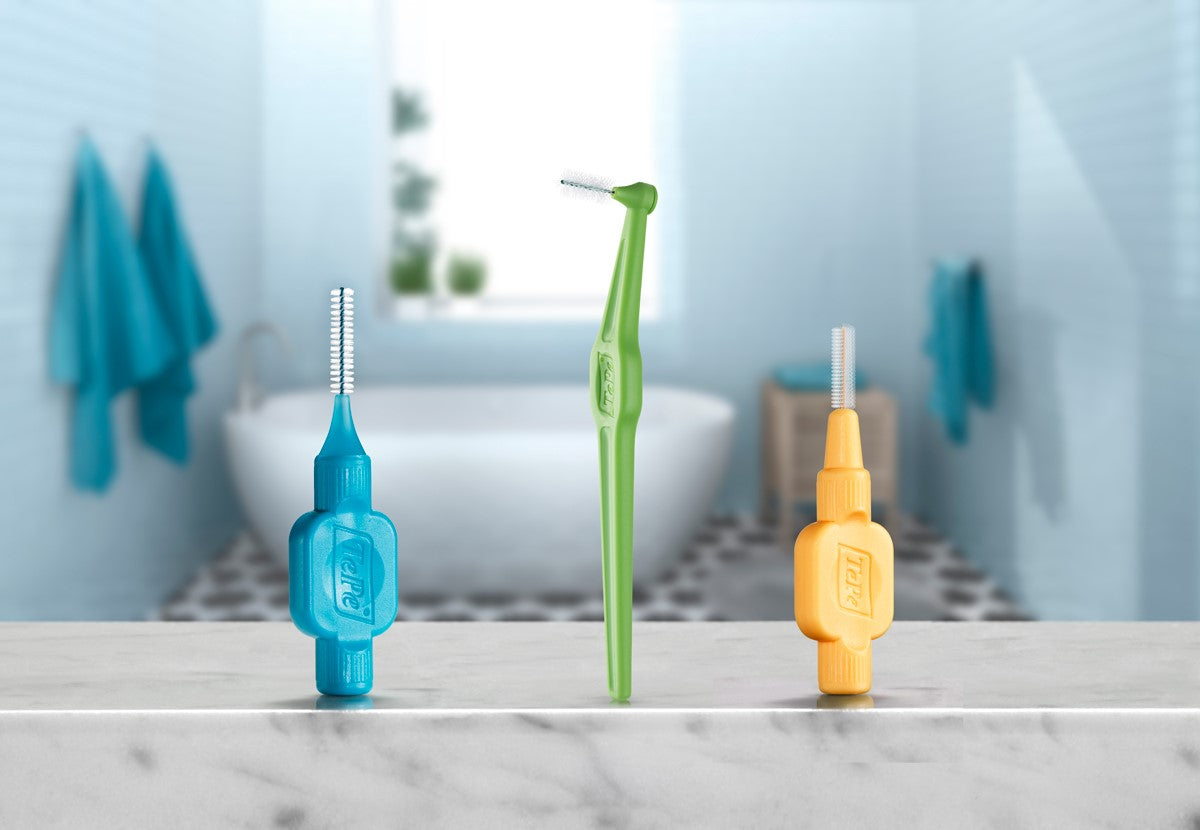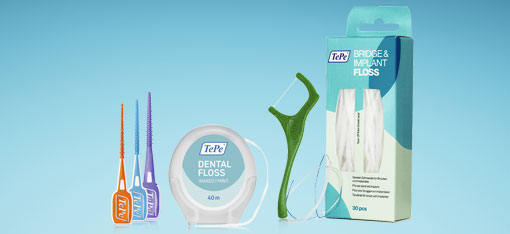Oral and General Health Connection
Your mouth is a window into your body. The mouth can show signs of general infection, side effects to medications, nutritional deficiencies, signs of systemic diseases, and more. By having good oral hygiene and visiting your dental professional regularly you are taking care of your entire body!
What is gum disease?
Have you ever noticed bleeding when brushing or cleaning between your teeth? Swollen and bleeding gums are early signs that your gums are inflamed and there is an infection. A healthy mouth has gums that are light pink in color and fit firmly around each tooth. There is no bleeding when you brush or clean between your teeth.
Gingivitis is inflammation of the gums. Inflamed gums (gingivitis) are often red, swollen, bleed, and are tender. If left untreated, gingivitis may progress. Periodontitis occurs when there is loss of bone that supports the teeth. This will put you at a greater risk for tooth loss.

The disease starts with a sticky film called dental plaque that forms on your teeth, especially along the gumline and between the teeth. When plaque accumulates in these areas it causes gum inflammation leading to gum disease.
Common risk factors
- Poor oral hygiene, genetics, smoking, misaligned or crowded teeth, difficult areas to clean in the mouth (i.e. bridges, orthodontic braces, or implants), stress, fluctuating hormones, medications causing gum growth or dry mouth, &poor nutrition
The Mouth and Body
Our mouth is connected to our body. Here are some examples of where research has identified a correlation between oral and general health.
- Cardiovascular diseases
- Diabetes
- Pneumonia
- Arthritis
- Preterm birth / low birth weight
- Cancer
- Neurodegenerative diseases
- Obesity
- Osteoporosis
Periodontitis activates the immune and inflammatory system, which results in systemic inflammation. With this correlation to systemic inflammation, we know that this has a negative effect on the overall body. TePe has provided you with more evidence on periodontal disease and systemic diseases.
Diabetes and Teeth
Let’s look at an example of how the mouth and body are related. There is a direct correlation between periodontitis and diabetes. Among the US population 10.5% (34.2 million people) have diabetes, with approximately 1 in 4 not aware of having the disease. The total US population with prediabetes is 34.5% (88 million people).
Did you know November is American Diabetes Month to raise awareness of diabetes symptoms, promote healthy living and ensure people are aware of risk factors.
What is Diabetes?
When we eat or drink carbohydrates, they are broken down to glucose and released into our blood. For the glucose to be able to enter our cells and fuel our bodies, a hormone called insulin, made by our pancreas, is needed.
However, with type 1 diabetes, no insulin is produced. With type 2 diabetes, not enough insulin is produced and/or it doesn’t work effectively. In both cases, because glucose can’t get into your cells, it builds up in your blood.
Common symptoms may include urinating often, feeling very thirsty or hungry, extreme fatigue, blurry vision or delayed wound healing.
Risk factors for diabetes
- Smoking
- Overweight and obesity
- Physical inactivity
- High blood pressure
- High cholesterol (non-HDL) and/or high triglycerides
- Had diabetes during pregnancy
- Have been diagnosed with polycystic ovary syndrome
- Familia history of diabetes related to parent, brother, or sister
- Are Black, Hispanic/Latino, American Indian, Asian American or Pacific Islander
- Are 45 or older
The link between your mouth and diabetes.
The health of your mouth has a bidirectional relationship with diabetes. This means that if you have an elevated blood sugar level you are likely to have a propensity towards periodontal disease, and if you have periodontal disease this can directly relate to increased blood sugar levels. Those who undergo periodontal treatment and practice effective oral hygiene daily have decreased blood sugar levels for several months.
TePe Products Designed for Periodontal Care
Cleaning your teeth
Thoroughly, and routinely disrupting the bacteria and plaque on all sides of the teeth is an effective way to maintain your oral health. Be gentle but thorough with your cleaning routine, brushing twice a day and cleaning between your teeth daily. If you have periodontal disease, there are often more tooth surfaces exposed, which means you may need additional specialized brushes to reach these areas.
TePe Products for Periodontal Care
TePe believes these products can help you remove plaque from your teeth.
- TePe® Perio Kit: Using a high-quality toothbrush, interdental brush(es) for maintaining between the teeth, an on-the-go tool for cleaning between teeth, and a specialized brush with a single tuft for those hard-to-reach areas are important to maintain and prevent further progression of gum disease.

- TePe® Original Interdental Brush & TePe Angle™ Interdental Brush: Suitable for cleaning between the teeth and safe to use around implants.

- Tepe EasyPick™: Easy and comfortable cleaning between the teeth. Comes with a travel case for on-the-go use, and they are available in three sizes.

- TePe Supreme™: A toothbrush with bristles in two levels facilitates access further between the teeth and along the gum line.

- TePe Interspace™: The tapered brush tip is ideal for cleaning exposed groves and depressions of each tooth, as well as the root surface. It has a single pointed tuft with removable brush tips for optimal access to hard-to-reach areas.


- TePe Specialty Brushes: No matter what your needs are, TePe has a brush specifically designed to make cleaning easier.

Read More:
www.diabetes.org/community/american-diabetes-month
www.cdc.gov/diabetes/data/statistics-report/index.html
www.tepe.com/share/search-for-information/discover-how-oral-health-effects-your-body











Where might dental professionals acquire some Tepe samples?
Leave a comment